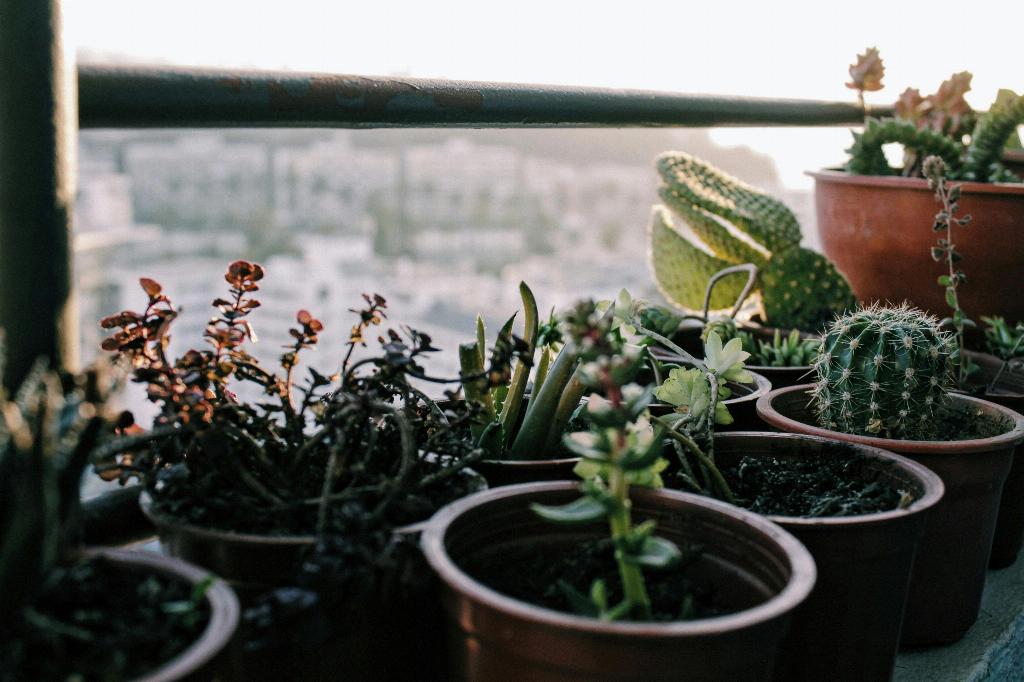When it comes to the infamous jumping cactus, there is a common misconception that these prickly plants possess the ability to physically jump on unsuspecting passersby. However, it is important to clarify that jumping cactus, such as the jumping cholla, do not actually have the capability to spring into action and propel themselves towards individuals.
The Mechanism Behind Their “Jumping” Behavior
So why are they called “jumping cactus” if they don’t jump? The truth lies in their unique adaptation strategy. Jumping cacti have evolved to easily detach their segments when brushed against, causing them to seemingly “jump” onto anything that comes into contact with them, whether it be an animal, hiker, or even the wind.
The Role of Sharp Barbs in Dispersal
Jumping cactus species, like the jumping cholla, boast sharp spines lined with barbs that help them cling onto passing creatures or objects. These barbed spines facilitate the efficient dispersal of the cactus segments to new locations, aiding in their reproduction and expansion across different areas.
Adaptation for Survival
The ability of jumping cactus to easily detach and “jump” onto unsuspecting hosts serves as an evolutionary strategy to enhance their survival in harsh desert environments. By hitching a ride on animals or humans, these plants increase their chances of spreading and establishing in new territories.
Dispelling the Myths around Jumping Cactus
Despite their intriguing dispersal mechanism, it is crucial to debunk the myth that jumping cactus possess the ability to actively leap or propel themselves. Understanding the science behind their barbed spines and segment detachment sheds light on the true nature of these captivating desert inhabitants.
The Intriguing Nature of Jumping Cactus
While the idea of cacti jumping may sound like something out of a whimsical desert tale, the reality of jumping cactus is equally fascinating. Their adaptation to harsh environments and resourceful dispersal methods showcase the ingenuity of nature in creating resilient and versatile plant species.
Respect and Appreciation for Desert Flora
Encountering jumping cactus in their natural habitat serves as a reminder of the resilience and adaptability of desert flora. By appreciating the unique traits and survival strategies of these plants, we gain a deeper respect for the intricate ecosystems that thrive in arid landscapes.
Ecological Significance of Jumping Cactus
Jumping cactus play a vital role in desert ecosystems by providing shelter and food for wildlife, contributing to soil stabilization, and adding to the overall biodiversity of arid regions. Their presence underscores the interconnectedness of flora and fauna in sustaining desert environments.
Conservation Challenges for Jumping Cactus
Despite their ecological importance, jumping cactus face various conservation challenges, including habitat loss, climate change, and human interference. Protecting these unique plant species and their habitats is essential to preserving the delicate balance of desert ecosystems.
Embracing the Wonders of Nature
Exploring the world of jumping cactus unveils a captivating blend of science, adaptation, and natural beauty. By delving into the intricacies of these remarkable plants, we deepen our connection to the natural world and nurture a sense of wonder for the diverse forms of life that surround us.
Final Thoughts on Jumping Cactus
In conclusion, while jumping cactus may not possess the ability to leap in the conventional sense, their unique method of segment dispersal through barbed spines showcases the remarkable adaptations that enable these desert plants to thrive. By unraveling the mystery behind “jumping cactus,” we gain a greater appreciation for the wonders of nature and the resilience of life in challenging environments.

